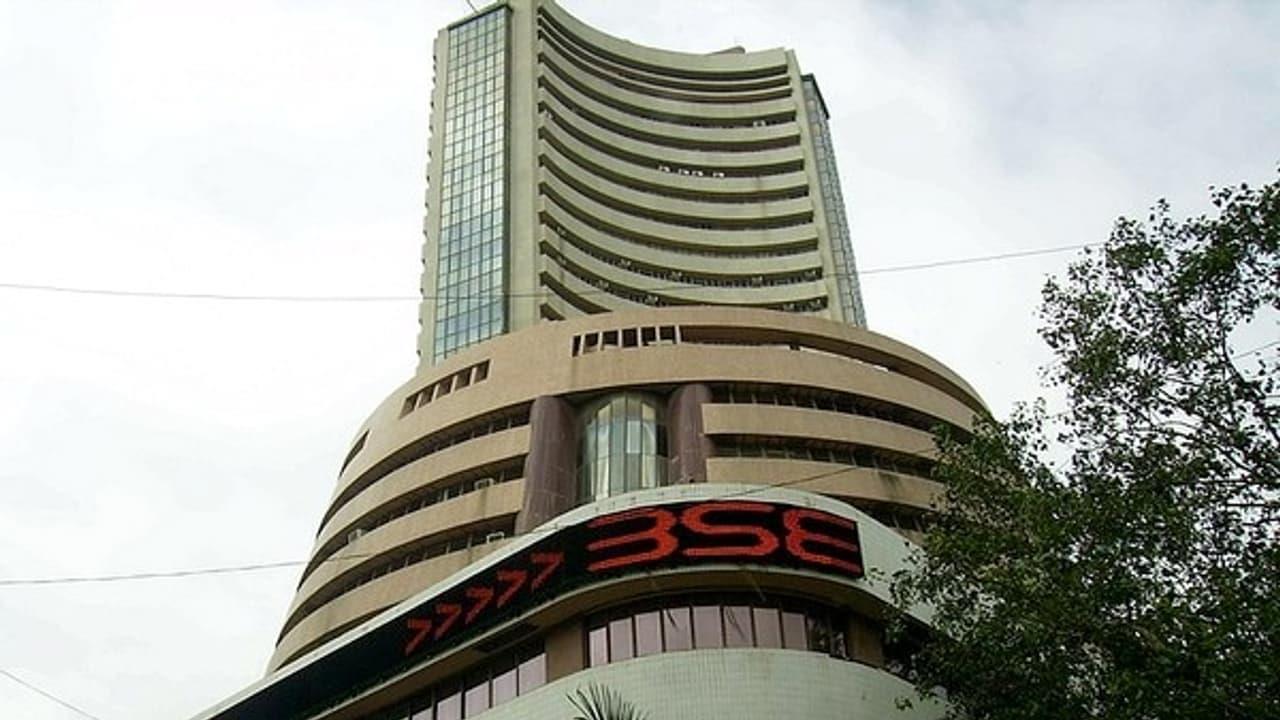India’s financial landscape experienced a significant tremor as major stock market indices opened sharply lower, reacting to the recent imposition of a 25 percent tariff by the United States on Indian goods. This decisive move by the US President has triggered a widespread sell-off, casting a shadow of uncertainty over the nation’s economic stability and future trade relations. The immediate market response reflected deep concern among investors regarding the potential long-term ramifications of such protectionist measures on Indian exports and domestic industries.
At the opening bell, both the NIFTY 50 and BSE Sensex indices witnessed substantial declines, signaling a broad bearish sentiment across the market. The NIFTY 50 plunged significantly, while the BSE Sensex experienced a considerable drop, wiping out significant investor wealth within minutes of trading. This initial shock extended beyond the benchmark indices, with broader market measures like the Nifty Midcap 100 and Nifty Smallcap 100 also registering notable losses, indicating a pervasive negative outlook across different market capitalizations.
Market experts swiftly weighed in on the unfolding situation, acknowledging that while the immediate impact of the US tariff announcement might be short-lived, India must proactively address its economic vulnerabilities. There is a pressing need for strategic measures to bolster domestic consumption, especially as the nation’s export sector faces an imminent challenge. This recalibration is crucial to counter the potential slowdown in economic growth and maintain investor confidence amidst the evolving global trade dynamics.
According to prominent banking and market analyst Ajay Bagga, the punitive 25 percent tariffs imposed by the US are expected to exert a short-term pressure on Indian markets. He highlighted the significant trade volume between the two nations, noting that India’s substantial goods exports to the US far outweigh its imports. This imbalance underscores the potential leverage of such tariffs and their capacity to disrupt established supply chains and trade agreements.
Bagga further elaborated on the specific sectors most susceptible to these elevated tariff levels, identifying key industries such as electronics, smartphones, textiles, gems and jewellery, leather goods, engineering goods, seafood, and chemicals. These sectors, vital to India’s export economy, face the immediate challenge of recalibrating their strategies to either find alternative markets or pivot towards serving the domestic demand more aggressively to mitigate losses and sustain operations.
Despite the current imposition, there remains a glimmer of hope among some analysts that the final tariff rates might be negotiated down to a more manageable 15 percent, drawing parallels with past trade negotiations between the US and other major economies like the EU, Japan, and Korea. However, India’s unique stance, particularly its reluctance to open its agricultural and dairy sectors to US genetically modified exports, complicates its negotiating position and sets it apart from other trading partners.
Emphasizing the urgency of the situation, Bagga stressed the critical need for comprehensive economic reforms. He advocated for massive deregulation and measures to significantly boost domestic consumption, suggesting potential GST cuts and targeted stimulus packages. Such bold fiscal and monetary interventions are seen as vital to protect Indian exporters and their complex supply chains, encouraging them to seek diversification or reorient towards the robust domestic market.
The broader implications for India’s Balance of Trade and Current Account Deficit require close monitoring, as a significant portion of India’s total goods exports are now subjected to these tariffs. The expert underscored that a weakening market sentiment could directly translate into broader economic fragility, thereby necessitating immediate and decisive fiscal and monetary stimulus measures. A transformative, 1991-style deregulation is suggested to unleash what he termed “animal spirits” within the Indian economy, driving renewed growth and investment.
Adding to the market’s woes, sectoral indices across the NSE also reflected widespread selling pressure. The Nifty Oil and Gas sector experienced the steepest decline, closely followed by Nifty Consumer Durables. Other major sectors, including Nifty Auto and Nifty Pharma, also traded in the red, indicating a comprehensive negative impact across various segments of the Indian economy as investors reacted to the new trade barriers.





Leave a Reply